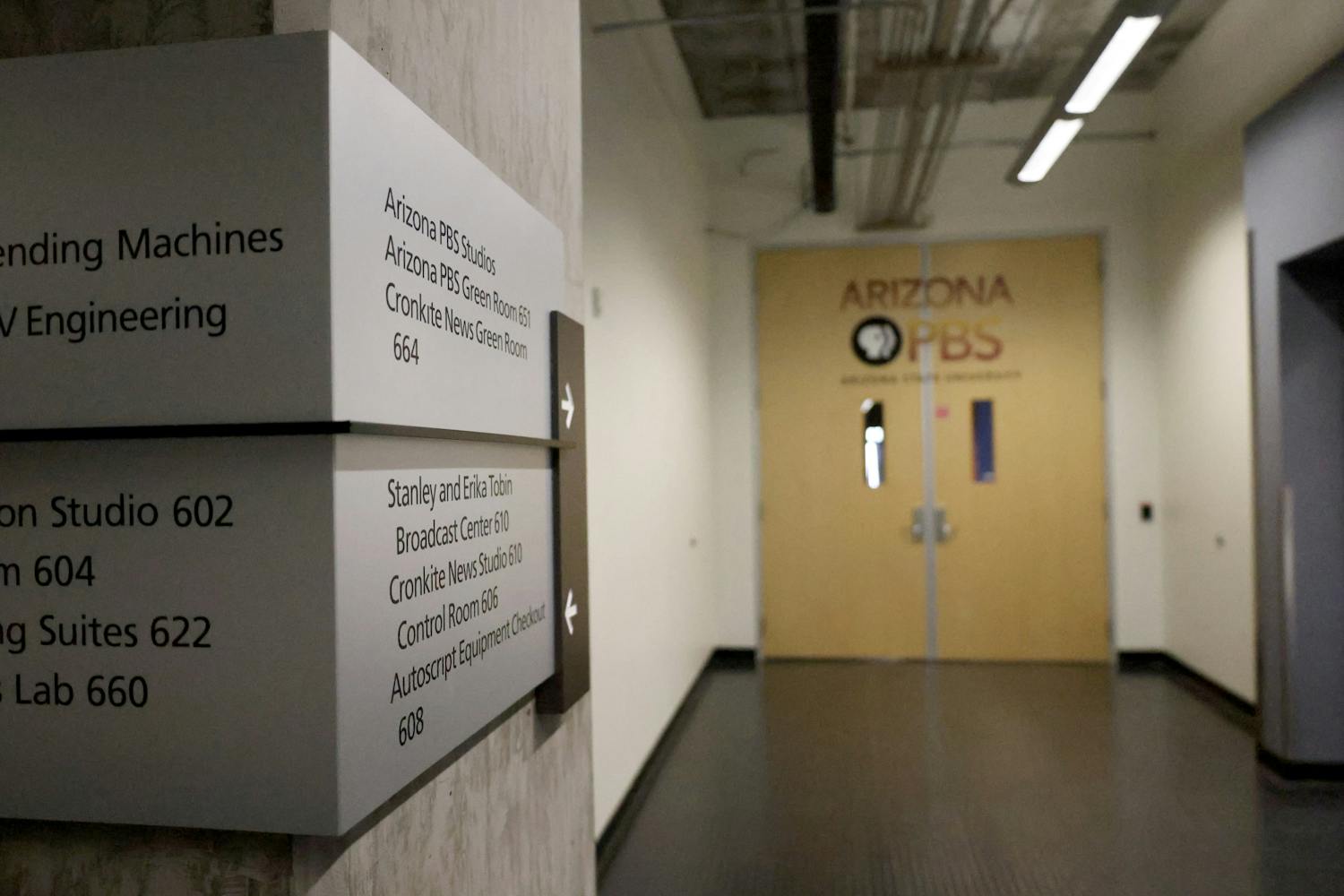If nanotechnology is the key to the future, then that key is being developed at ASU’s NanoFab on the Tempe campus.
Led by professor Stephen Goodnick, Ph.D., teams comprised of ASU’s top science, biology and engineering students have been working for several years at the facility to develop new practical applications of nanotechnology with alluring results.
“It’s kind of like what you’d see in Star Trek,” engineering graduate student Ali Azhar said of the experimental devices that are in development.
The NanoFab, short for nanofabrication, is part of the Ira A. Fulton Schools of Engineering.
Nanotechnology is based on the manipulation of matter on the smallest scales possible.
Often, the techniques and machinery utilized in this field are developed on the atomic and molecular levels. However, working with these small yet highly complex materials may soon yield larger-than-life benefits in innumerable ways.
“Right now they are very experimental but we can already make sensors and transistors,” Azhar said. “It’s really incredible that we can manipulate matter on such a small scale.”
While the development and testing of nanotechnology methods and procedures carries on, the real emphasis is not on technological advancement but rather student education.
“What’s important to us at the University is training students and giving them knowledge in fields like nanotechnology that they can carry on, train new students and disseminate that knowledge,” Goodnick said.
In the NanoFab itself, most of the experiments are done completely by the students without Goodnick’s presence.
“They don’t let me in,” Goodnick said. “The students are the ones going into the clean room and using tools like electron beam lithography. I direct the research but it’s been a while since I’ve gone into the clean room and got my hands dirty.”
Nishant Chandra, an engineering graduate student from New Delhi, arrived at ASU two years ago to work as part of Goodnick’s team.
“We have one-of-a-kind devices here and it’s been extraordinarily exciting to get to work with them,” Chandra said. “These tools have amazing long-term abilities. We think the possibilities explored here can stretch across dozens of other fields.”
Reach the reporter at mjgordo1@asu.edu
Click here to subscribe to the daily State Press newsletter.



